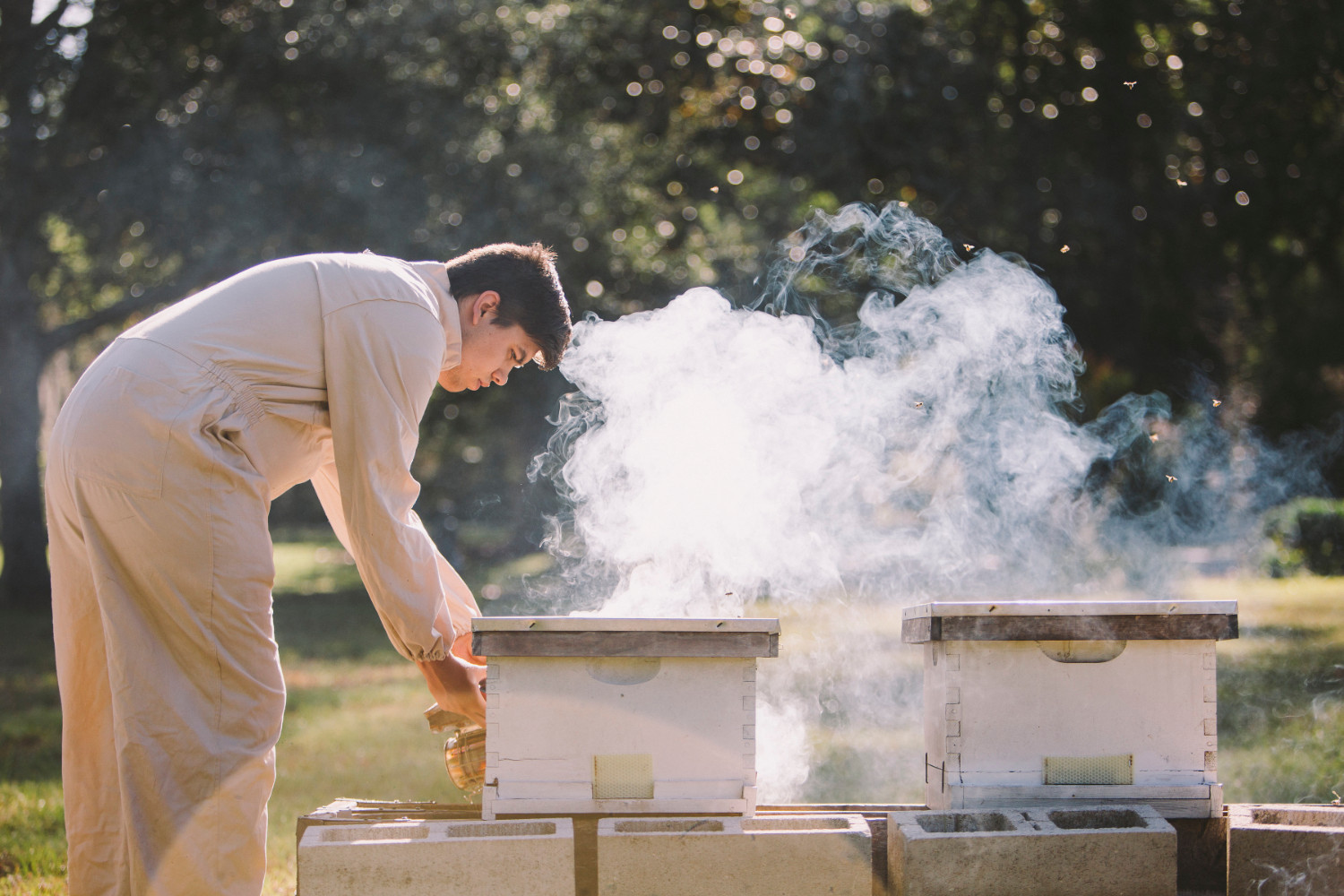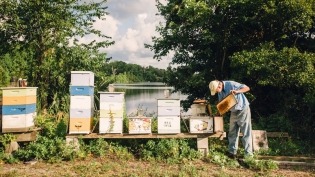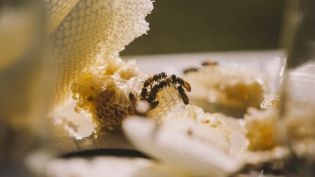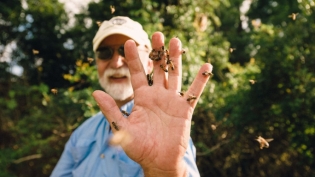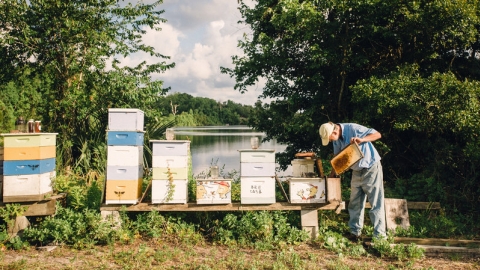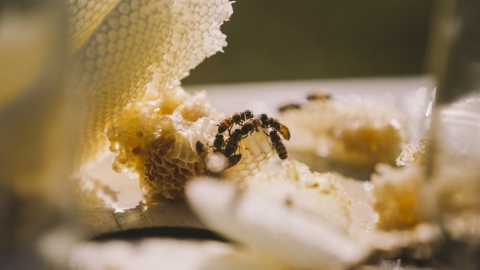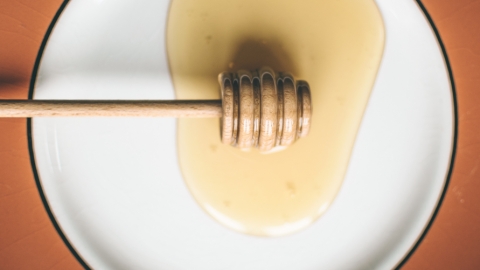Backyard Beekeeping
Bees are fascinating. From their social behavior within the hive to their democratic forms of reproduction to their amazing biological makeup, having a hive of bees will provide you with a lifetime full of marvel and wonder. In addition to helping local ecosystems thrive, your bees, if well cared for, will produce enough honey to share. Here’s how to get started with your own backyard bees.
Beekeeping Philosophy
Ask yourself why you want bees. People get into beekeeping for different reasons. Know your reasons and use them to guide you to the most practical, sustainable ways to maintain your hives. For me, after hearing about the benefits of local honey I wanted to learn more about how bees produced this golden goodness. When reading wasn’t enough I got a hive. If you want to have some backyard hives, keep in mind that you don’t need to manage your hives like a commercial beekeeper. Commercial beekeepers with hundreds or thousands of hives need to run them like a factory; backyard beekeepers do not.
Bee Prepared
Expect to spend one to two hours per week working on bee-related activities. Best Management Practices require visual inspection of hives at least once per month. In addition to actually opening and inspecting the hive, I recommend observing your bees as often as possible (daily or weekly).
Dress Appropriately
Wanting to be like the natural beekeepers I saw in the films, I went into my first hive wearing shorts and flip-flops. I didn’t get stung, but I was so preoccupied with that possibility the whole time that I couldn’t pay attention to much else. European honey bees are fairly docile, and they don’t usually sting during routine inspections. That being said, it may not be the best idea to dress like you’re going to the beach. I like to leave my hands exposed to the bees, so that they get used to my scent. I wear appropriate shoes and usually socks pulled up over my pants legs so no stragglers get caught up my jeans, along with a veil on most occasions. Over time, as your comfort level around bees grows, you will find what clothes and protection works for you. But do avoid dark clothes; bees don’t seem to like darker colors.
Equipment
Bare minimum equipment includes a smoker, a hive tool, a bee brush and a veil. Optional beginner equipment includes gloves and a full bee suit. Bees will cost you anywhere from nothing (swarm) to $250 (full hive). For housing the bees, the most common type of hive is the Langstroth (standard white boxes). All Langstroth equipment is interchangeable, making it an easy style to start with. Top-Bar hives are also a noteworthy option for backyard beekeepers. For these you will have to either catch a swarm or start with a package of bees.
Take Notes!
No matter how you do it, keep records of your hive inspections and any other information you observe about each of your hives. Even if you only have one hive, having records of the state of the hive will serve as a troubleshooting tool as the year(s) goes on.
Where to Get Bees?
Local bees are the best! They are adapted to our environment, and using them also cuts down on the “packaging” of bees—literally. The ideal option would be to obtain a swarm from a local beekeeper (or catch one yourself). The second-best option would be to purchase a nucleus colony (known as a nuc), or even a fully established hive, from a local beekeeper. The queen in your hive and all of the workers will be related and will come from a line of successful local bees. The last option for acquiring bees would be to buy a package of bees online. The bees come in a screen box with no frames, brood or food. In this case, the queen has been artificially raised and combined with bees from a number of different hives.
Legal Requirements
Unless your homeowners’ association restricts it, anyone in the state of Florida may have up to three hives on a typical urban-sized lot (the number of allowable hives goes up as the size of the lot increases). All backyard hives in Florida must have removable frames and be inspected by a State inspector every five years. Registration for five or fewer hives is $10 per year. Beekeepers must follow the Best Management Practices and the Good Neighbor Guidelines as outlined by the Florida Department of Agriculture and Consumer Services Division of Plant Industry.
Recommended Reading
The Practical Beekeeper by Michael Bush, The Backyard Beekeeper by Kim Flottum, Honeybee Democracy by Thomas Seeley and anything from the University of Florida’s Honey Bee Research and Extension Lab are all highly recommended. Reading will only take you so far. Eventually you’ll have to take the plunge and open your first hive—and that’s when the buzz begins! Happy ’keeping, everyone.


